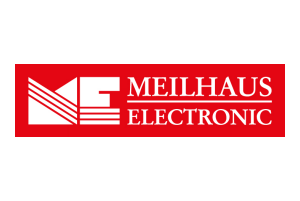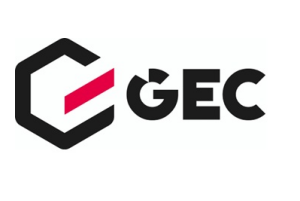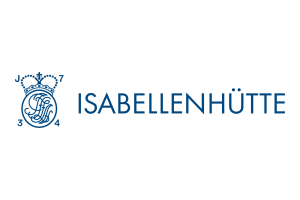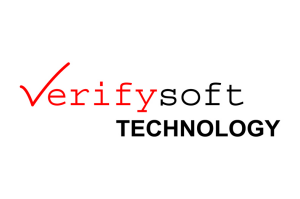Renesas Electronics
»The automotive business is developing splendidly«
Fortsetzung des Artikels von Teil 1
Winning Combinations
There is a lot of discussion in Germany or Europe about the software-defined vehicle, does that also apply to Japan?
Yes, there is a lot of discussion here as well. Toyota, for example, has founded "Woven Planet Holdings," a company that focuses exclusively on software, so it's similar to VW's Cariad.
Renesas has taken over Steradian. It is somewhat surprising that Renesas is entering the radar transceiver business so late, when there are already many established companies. So it shouldn't be that easy for Renesas, why do you still believe in Renesas' success?
Apart from the fact that our radar is quite competitive in terms of technical parameters, there is another point: significant changes are taking place in the radar sector. In the past, every radar also required an MCU, but due to the fact that more and more radar sensors are moving into cars, the power requirement for the processing unit is increasing, and with it the frequencies. This leads to increased heat generation. So OEMs are thinking about using a centralized ADAS. And that's based on a high-performance SoC. That means the MCU is omitted, and communication takes place directly with this SoC. In addition, camera data can also be processed with this SoC. So the SoC can process the raw data from the radar and the camera using AI, resulting in more accurate object recognition, "sensor fusion" is the umbrella term here. The good thing is that we have our own SoCs. And we also have camera interfaces. So now, if we can also offer radar, we can also offer total solutions. Many well-known and very established competitors in the radar field cannot do that. Our strategy always relies on our so-called Winning Combinations.
Do you think companies like BMW or Ford with a lot of in-house expertise and a lot of people in the company are really interested in Winning Combinations?
That depends. If it's about AI, for example, you have to be very clear that this technology is just developing. Some European and U.S. OEMs are also firm on this, but there are definitely mid-sized OEMs and Chinese OEMs that have not mastered this technology. And this is where our Winning Combinations help. And I'm convinced that we can win many of these medium to large OEM customers. I am confident that this aspect will also contribute to our profitability and drive our revenue up.
In this regard, it is important that we increase our customer base and stabilize our business, because if we were to rely on only one or two OEMs, and one of those OEMs changes its plan, then our SoC sales would suddenly drop. Also for that, these kind of Winning Combinations are very crucial.
Power semiconductors are a very important topic, especially in the automotive sector. Renesas is very active in IGBT technology, including the development of a completely new IGBT technology. The company has also already offered SiC-based diodes. But as far as I know, all development in SiC has been stopped. The same is true for GaN, even though this technology is not so important for the automotive industry at the moment. How will Renesas move forward?
Of course, we are also considering SiC, but we won't announce more specific details on that for a while.
Renesas is working on 22nm embedded MRAM technology. It's an interesting technology, the only problem is that it's not so easy to find a company that is willing to use a new technology and take the risk ...
Yes, that's true especially for the automotive sector. But there is some movement here as well, at least in certain applications. Everyone knows the weakness of MRAM: Limitation in operating at high temperatures. But I believe that with a junction temperature of up to 150 C, we can meet the requirements in many cases. But it will still take time before this technology can be used in vehicles, because the process still needs to be qualified and the reliability of MRAM technology also needs to be verified.
The interview was conducted by Iris Stroh
- »The automotive business is developing splendidly«
- Winning Combinations







